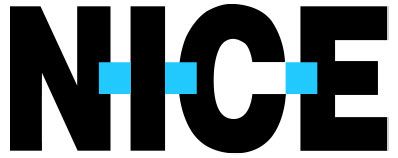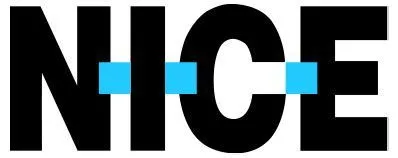Workforce management is a collection of processes and systems contact centers use to forecast contact volume, schedule agents, and adjust to changing workloads and staffing levels. It's a critical function because staffing impacts several key metrics - understaff and your customer satisfaction suffers, overstaff and you might blow your budget. These impacts are top-of-mind for workforce managers as they negotiate the balancing act of having too many or too few agents scheduled. Like Goldilocks, they're aiming for "just right" when it comes to staffing levels
Workforce management basics
Workforce management consists of four basic processes that must be mastered. Getting these right will yield significant benefits.
Employee engagement
This isn't traditionally included in the list of workforce management processes, but it should be. Many contact centers have embarked on long overdue agent experience initiatives, with the goals of improving satisfaction and retention. These efforts really need to include the scheduling process, since an agent's schedule can significantly impact their satisfaction. Practices like automating time-off requests, shift bidding, and letting agents trade shifts give agents more say in their schedules.
Forecasting
Good workforce management begins with good forecasting. This means predicting volume for every support channel by day and time interval (often down to fifteen minute increments). Best practices are to use at least two years of historical data and run it through algorithms that predict the future volume. Workforce managers can use spreadsheets (though cumbersome and not ideal) or sophisticated workforce management software to support this complex task.
In addition to history, forecasts also need to reflect known business plans that will affect contact volume, such as promotions, catalog drops, upcoming holidays, and infomercials. Once everything is accounted for and the forecast is complete, it's used as an input to hiring plans and agent schedules. Workforce management staff revisit volume forecasts often and update them to reflect trends that are different from projections.
Intraday management
Despite everyone's best efforts, sometimes forecasts are widely different from actual volume. Volume could be over forecast if the company website goes down causing an influx of service calls, or it could be under forecast if the big promotion is a dud. Additionally, events like snowstorms can wreak havoc on agent attendance, rendering the existing schedules mostly useless. This is where intraday management comes in to try to salvage the plan.
In a scenario where a gap between actual volume and forecast is affecting contact center performance, workforce management staff would reforecast volume based on what they're experiencing and then adjust schedules accordingly. Intraday management can also include activities like calling more agents to come in, sending agents home, and assigning agents to skill sets they don't typically work. Contact centers are dynamic places and strong intraday management practices – coupled with automated intraday capabilities from workforce management software - give them the flexibility needed to respond to changing conditions.
Scheduling
The forecast will help workforce management teams determine how to schedule agents, but there are other factors that need to be considered. For example, the forecast may show that 245 calls are expected during a specific day interval, but whether they're expected to last 2 or 10 minutes will have a big impact on the number of agents that need to be scheduled for phone support. Therefore, average handle time needs to be factored into the scheduling.
Additionally, workforce management analysts need to consider skill sets when scheduling agents. For instance, when that infomercial runs, agents with a "sales" skill set will likely convert more callers than those with a "service" skill set, so more sales agents should be scheduled. As if scheduling isn't complex enough, digital channels further complicate the process. For example, each agent will have a different proficiency regarding the number of emails and chats they can have in process at one time. This will affect throughput and needs to be accommodated by the schedules.
And of course, we haven’t even considered the human factor yet - individual agent schedule requirements and preferences. For example, one agent may need to leave by 4 pm to do school pick-up, while another agent may be unavailable to work Tuesdays because they have college courses.
Luckily, like forecasting, scheduling can be automated and simplified with workforce management software. The best tools will also help with calculating how well agents are adhering to their schedules, which is a necessary input to determining the effectiveness of agent schedules.
The benefits
Having accurate and flexible workforce management practices will help contact centers reap significant rewards. Here are just a few of them.
Better agent experience
Being staffed "just right" is good for agent satisfaction because it means agents are neither overworked nor bored. Plus, giving them more of a voice in the scheduling process is empowering.
Better control of labor costs
Agents are a contact center's most important asset, but they also account for about 2/3 of their costs. Tight labor budgets benefit from disciplined workforce management processes.
Better customer experience
Workforce management is all about having the right agents scheduled in the right quantities at the right times. This is so customers can receive timely and effective assistance. So, the primary benefit is satisfied customers.
Increased revenue
When sales calls come in, you don't want them abandoned because wait times are too high due to understaffing. And you need agents staffed for those calls who are skilled at sales so they can convert the leads. Good workforce management addresses both of these situations, and therefore can help increase revenue.





